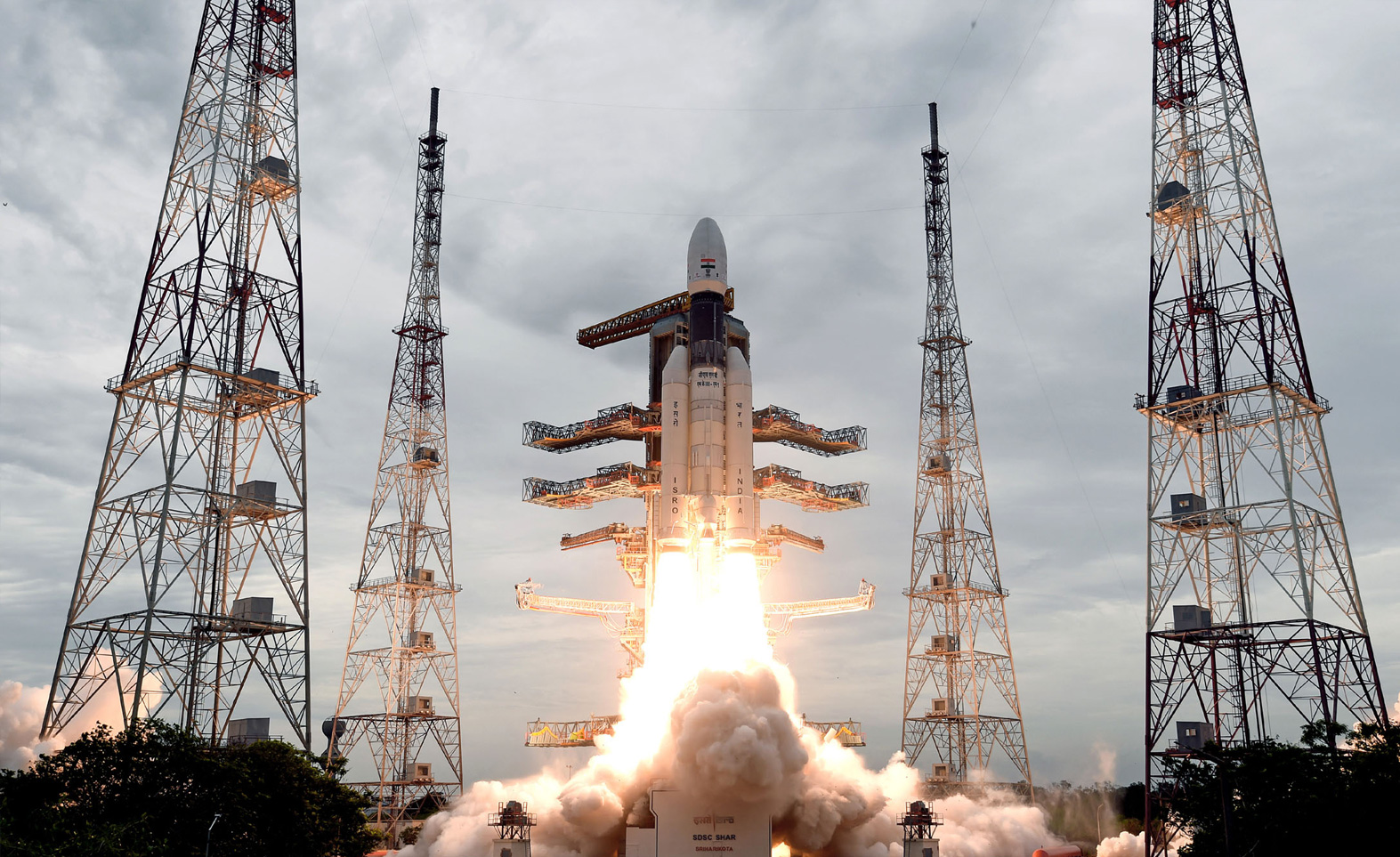
May 26, 2022
India is getting closer to its goal of achieving zero carbon emissions by 2070 and will install 500GW of non-fossil fuel capacity by 2030.
India’s vast renewable energy resource potential and a robust policy have helped the country lay a strong foundation to achieve these goals.
The upcoming missions this year focus primarily on manned space travel, studying the sun, and soft landing on the moon.
There are other several satellite launches that are both foreign and domestic that are also scheduled for launch by ISRO throughout the year.

The Indian Space Research Organization (ISRO) successfully tested the HS200 solid rocket booster – an important part of the forthcoming manned mission Gaganyaan. This rocket booster is used for the Geosynchronous Satellite Launch Vehicle Mk-III (GSLV Mk-III)The completion of the last launch test is a remarkable milestone for the human space flight mission as the initial stage of the launch vehicle is further tested for performance for the full duration, mentioned ISRO.
The upcoming missions by ISRO this year primarily focus on manned space travel (Gaganyaan), studying the sun (Aditya – 1), and making a soft landing on the moon (Chandrayaan -3).
Gaganyaan:
India’s crewed mission in space, Gaganyaan is soon scheduled to take on an unmanned flight during the second half of 2022.. The project will demonstrate ISRO’s capability for the human spaceflight against Low Earth Orbit and safe return to Earth. Gaganyaan also consists of two unmanned missions along with one manned mission, as acknowledged by the Centre. The unmanned mission is expected to last for about a week.
With its manned mission in 2023, India aims to become the fourth country to send humans to space after the US, Russia, and China. India is also expected to set up its own space station for conducting research on basic, applied, and engineering sciences after the completion of Gaganyaan.
Aditya L1 mission:
The Aditya L1 mission to study the Sun aims at placing a 400 kg satellite in the halo orbit around the Lagrangian point 1 (L1) of the Sun-Earth system to be able to view the sun without any eclipses. While this mission was to be launched in 2019-2020, it has now been pushed to 2022.
Chandrayaan-3:
ISRO aims to launch Chandrayaan-3 in an attempt to ‘soft land’ on the moon, after Chandrayaan-2 hard-landed on the lunar surface in 2019. The Centre informed Parliament that based on the learnings from Chandrayaan-2 and suggestions from a national level committee, special testing of many hardware components has been successfully completed. The launch of Chandrayaan-3 is scheduled for August 2022.
Besides these, there are other several satellite launches, that are both foreign and domestic, that are also scheduled by ISRO throughout the year. Two Polar Satellite Launch Vehicle (PSLV) missions – one commercial and one to launch the EOS-06 earth observation satellite. Two developmental flights of the Small Satellite Launch Vehicle (SSLV) and one Geosynchronous Satellite Launch Vehicle (GSLV) mission for launching the NVS-01 navigation satellite are also scheduled to be launched.
In addition, ISRO has also planned to launch one communication satellite mission (GSAT-24) and one Geosynchronous Satellite Launch Vehicle – Mark III (GSLV Mk-III) mission – both for commercial customers.